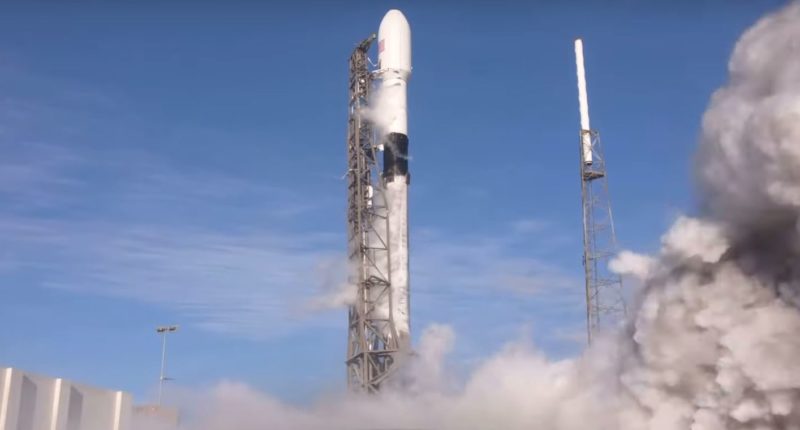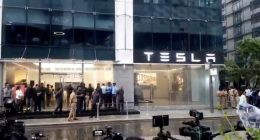SpaceX, a company that challenges the norms time and again, is on a mission to provide high speed Internet to everyone who still does not have access to a right so basic. And under the guidance of the iconoclast Elon Musk, SpaceX has launched yet another batch of 60 more satellites as a part of its Starlink mission.
This will conclude the company’s second launch this year and third overall dedicated for the Starlink constellation system. The launch took place in from Cape Canaveral Air Force Station in Florida this morning at 9:06 AM EST, using a Falcon 9 rocket, SpaceX’s most reliable ship. The Falcon 9 is famous for its ability to land as opposed to other rockets which have to be abandoned after a mission and this one too landed back on its drone landing ship in the Atlantic Ocean.
With this launch, SpaceX has around 240 of its Starlink satellites in orbit, thus making it the largest private satellite owner on the planet.
Starlink is the name given to SpaceX’s initiative to provide broadband services to people who still don’t have access to high speed Internet and also to remote areas and cruises and airplanes. With this launch, the company is one step closer to realising its goal, with chances of making good on its promise by the end of the year after half a dozen more of these satellites make their way in the orbit. The company has also estimated a time frame of 24 more launches till it is ready for global deployment of its services.
However, these vast number of satellites being launched into the orbit has been criticised by astronomers who are complaining that it is making it difficult for them to observe the sky. Elon Musk has come out and explained that this is a complain that SpaceX is considering very seriously and is in the process of eliminating by experimenting with a darkening treatment on the side of its Starlink satellites that face Earth.
This time, the company tried to land both the upper and lower halves of the rocket, unlike only the booster. The two will return once the launch vehicle reaches space, and SpaceX is attempting to catch them using ‘Ms. Tree’ and ‘Ms. Chief,’ two ships that are equipped with large nets. This step could save SpaceX $6 million every launch.




